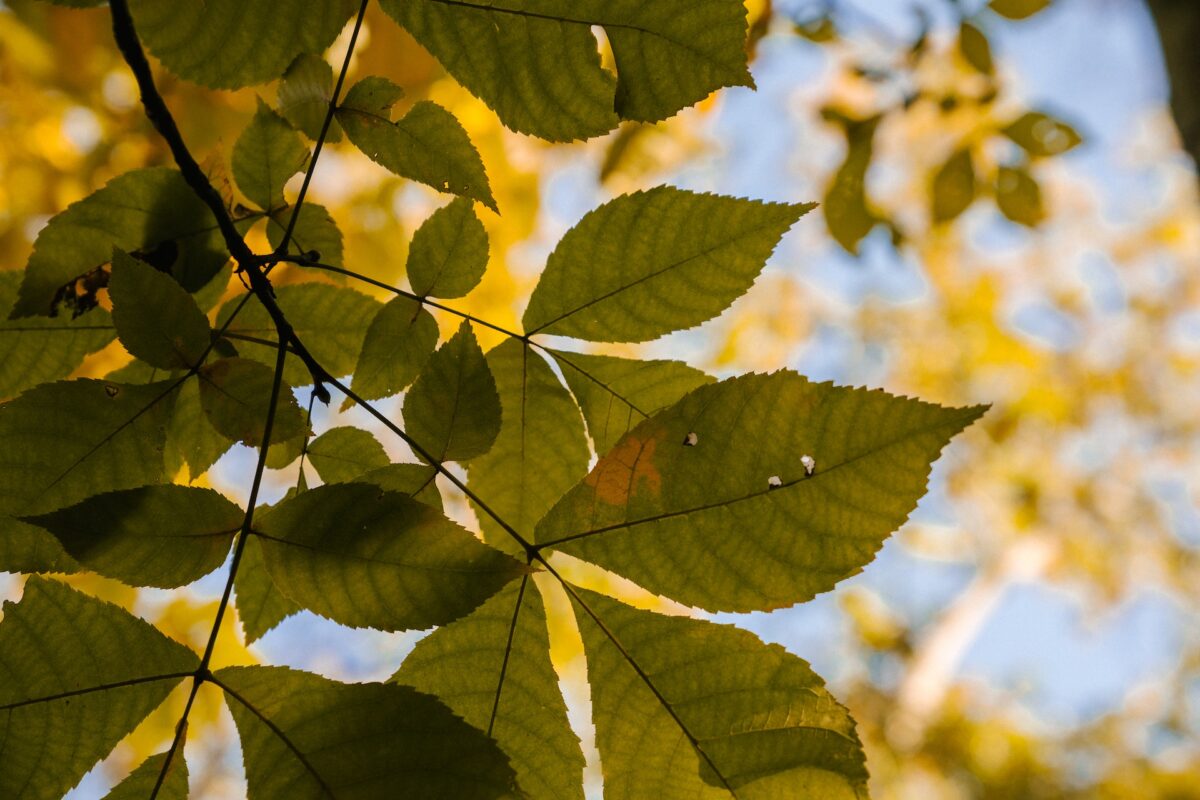An upcoming forestry event taking place in Northumberland is set to explore the key issues ash dieback poses for landowners with ash trees and woodlands.
The event, titled ‘Identifying, Assessing and Managing Ash Dieback’, is being hosted by the Forestry Commission-funded Northwoods Innovation Programme and will take place at Guyzance Estate near to Alnwick.
Aimed primarily at woodland owners, the event will be delivered in an on-the-ground format, with attendees able to walk through the estate’s woodland accompanied by expert speakers who will demonstrate the issues of ash dieback and provide effective management advice.
The event is free to attend, and will take place on Thursday 28th September, 15.30-18:00. For those interested in registering, they can do so using here.
For more information regarding the event, please contact: northwoods@reheat.uk.com
The Ash Dieback event is being hosted by the Forestry Commission-funded Northwoods Innovation Programme in Northumberland on Thursday 28th September. Taking place at Guyzance Estate near to Alnwick, the event will be delivered by forestry experts who will take attendees into the woodland, explaining the issues of ash dieback and provide effective management advice.
About Ash Dieback
Ash dieback is a highly destructive disease of ash trees (Fraxinus species), especially the United Kingdom’s native ash species, common ash (Fraxinus excelsior). It is caused by a fungus named Hymenoscyphus fraxineus (H. fraxineus), which is of eastern Asian origin.
The disease is also known as ‘chalara’, ash dieback, and chalara dieback of ash. Calling it ‘chalara’ ash dieback helps to distinguish it from dieback on ash trees caused by other agents.
Chalara ash dieback has the potential to cause significant damage to the UK’s ash population, with implications for woodland biodiversity and ecology, and for the hardwood industries.
A number of growers across the UK produce ash for the timber market. Ash timber is strong, durable, flexible and attractive, with a wide range of practical and decorative uses such as tool handles, flooring, furniture, joinery and sports goods, such as rowing oars and hurley sticks. These industries might be forced to consider alternative materials if the disease causes a shortage of suitable ash timber.
-
That’s a remarkable amount of work hours for a single machine, the Norcar 600 owned by Erkki Rinne is taken well care of, it even has the original Diesel engine.
-
Kieran Anders is a forestry contractor working in the lake district. His work involves hand cutting and extracting timber using a skidder and tractor-trailer forwarder.
-
It is not possible to eliminate chain shot, but there are simple steps that can be taken to reduce the risk.
-
Arwel takes great pride in the fact that the mill has no waste whatsoever, “the peelings are used for children’s playgrounds, gardens and for farm animals in barns in the winter and the sawdust has multiple uses in gardens and farms as well.
-
Timber hauliers need to encourage young blood in, and also look after the hauliers we have, we need make the sector a safe and positive place to work.
FIND US ON
Related Posts
Forest Machine Magazine is written and edited by a forest professional with over 40 years hands on experience. We are dedicated to keeping you informed with all the latest news, views and reviews from our industry.
To support us you can subscribe to our bi-monthly magazine which is delivered to your door from only £15 per year.
Subscribe here
#homeoflogging #writtenbyloggersforloggers #loggingallovertheworld
-

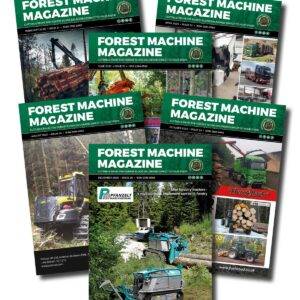 1 Year Subscription£0.00
1 Year Subscription£0.00 -

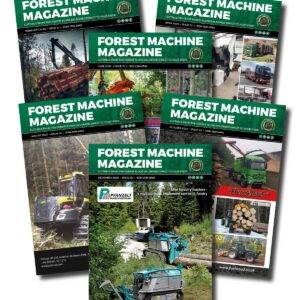 2 Year Subscription£0.00
2 Year Subscription£0.00 -

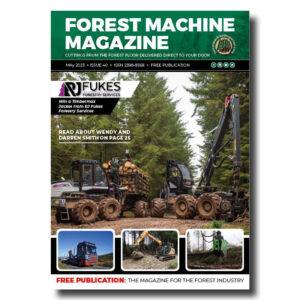 Issue 40£0.00
Issue 40£0.00 -

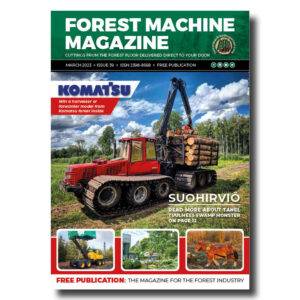 Issue 39£0.00
Issue 39£0.00 -

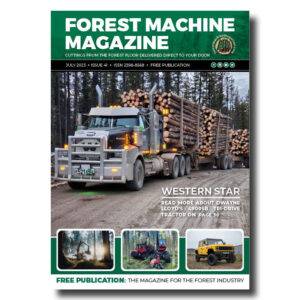 Issue 41£0.00
Issue 41£0.00 -

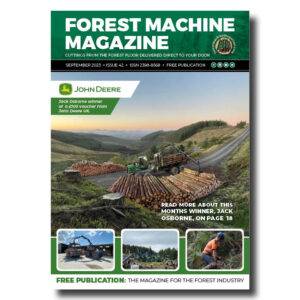 Issue 42£0.00
Issue 42£0.00

